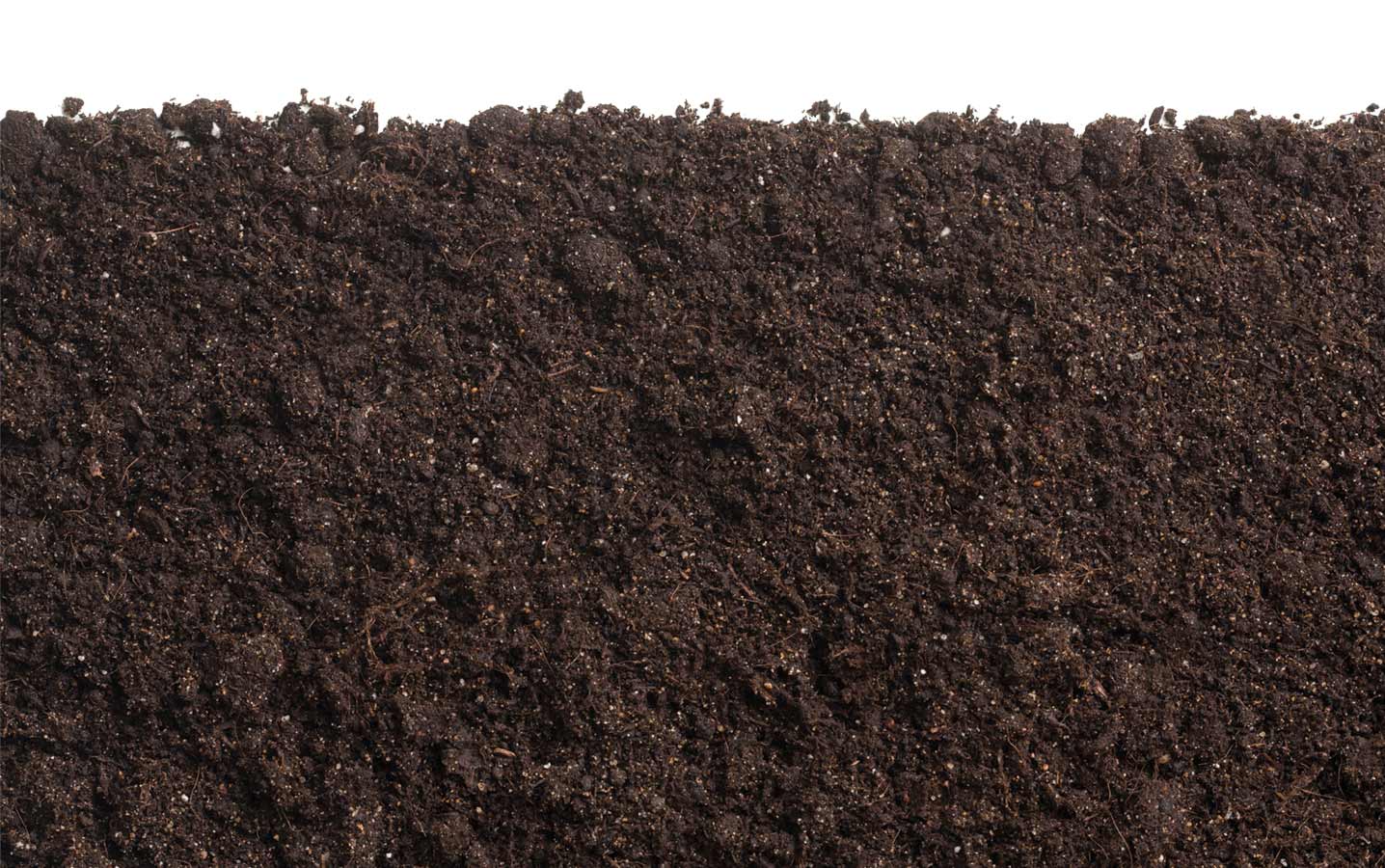Wilderness tips
In his book 1491, Charles C. Mann wrote about the Americas before the arrival of Christopher Columbus in 1492. The book includes insights too numerous to mention in this small space, but I’ll focus on one insight most relevant to Canadian agriculture and the goal of many farmers: Indigenous people knew how to greatly enhance soil productivity. (That Indigenous people of the Americas knew how to farm goes without saying. They basically created corn, now the biggest crop in the world, and produced many other crops that are common to this day).
In a chapter called “Amazonia,” Mann describes how the vast Amazonian rainforest, an area we once considered the true definition of wilderness, had been tailored for generations and generations before 1492 to suit the people living there. To start with, an overwhelming and unnatural percentage of trees in the Amazon forest produce human food. This is a result of deliberate selection by the people living there. Mann quoted Peter Stahl, an anthropologist with the State University of New York in Binghamton, saying, “what the eco-imagery would like to picture as a pristine and untouched [primeval world] in fact has been managed by people for millennia.”
A big part of this “management” includes soil-building. Scientists exploring Amazonia discovered vast areas of rich, fertile soil that anthropologists believe was made by human beings, who added high-nutrient inputs – including excrement and animal bones – to increase productivity. The soil had more plant-available nutrients and more organic matter than is common in the rain forest, Mann writes, and the high-quality soil was not rapidly exhausted by agriculture use. A key added ingredient, says Bruno Glaser, a chemist at the University of Bayreuth in Germany, was charcoal. The man-made soil had up to 64 times more charcoal than surrounding red soil. The added charcoal was so important to soil stability and quality, Mann writes, because “organic matter sticks to charcoal” and doesn’t wash away. He notes that the charcoal wasn’t from slash and burn clearing of the forest, which wouldn’t yield enough to make a lasting difference, but from years of adding partially-burned biomass.
The point I want to make in sharing these excerpts is not that we should add charcoal to our soil, but that we have a lesson to learn from the people of Amazonia, who deliberately built up highly-productive soil knowing its importance to their communities and their survival. Mann quotes Glaser again: “They practiced agriculture here for centuries. But instead of destroying the soil, they improved it.”
With all the technological advances, with all the knowledge we have accumulated, what excuse does agriculture anywhere in the world today have for degrading soil when the so-called primitive people of Amazonia figured out how to improve soil productivity hundreds and thousands of years ago?
Efforts in Canada to protect soils through minimum tillage, to focus on productive areas and set-aside land prone to flooding or chronic unprofitability, to follow 4R practices to improve nutrient return on investment, to use maintenance rates of fertilizer, to perhaps lime appropriately, to make better use of manure and, finally, to recycle waste from sewage treatment plants are all steps that can improve our soil productivity. The sidebar on Crystal Green on page 18 of this issue indicates another advance in the recycling of nutrients from waste. Protecting soil while also maintaining the productive diversity of the “forest” around us is not a fad. It is one major thing we in agriculture can do, in our time, to move humanity forward.





